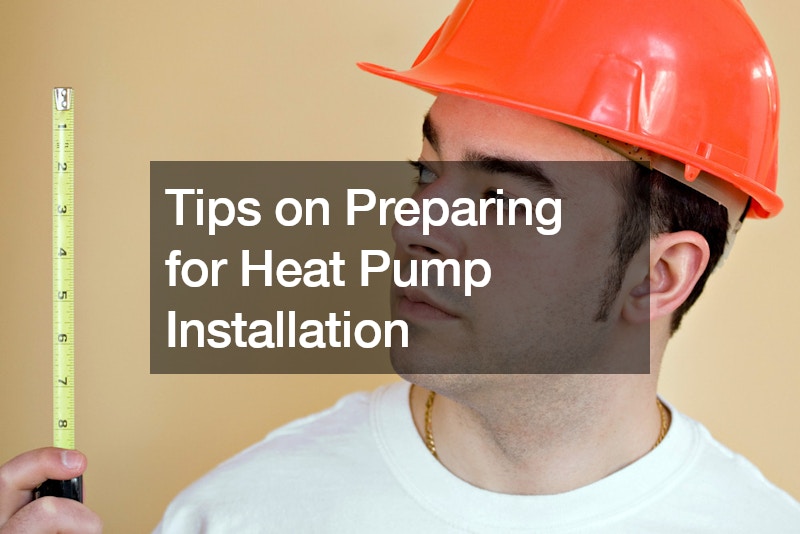
Installing a heat pump is a significant investment that can improve your home’s energy efficiency and comfort. Proper preparation is essential to ensure a smooth installation process and optimal performance of your new system. Here are some tips to help you prepare for heat pump installation:
1. Choose the Right Heat Pump
Before the installation, research different types of heat pumps (air-source, ground-source, and hybrid) to determine which is best suited for your home and climate.
Consult with a professional HVAC contractor to assess your heating and cooling needs and recommend the appropriate size and type of heat pump. Ensure the unit you choose has a high Seasonal Energy Efficiency Ratio (SEER) and Heating Seasonal Performance Factor (HSPF) for maximum efficiency.
2. Hire a Qualified Contractor
Selecting a reputable and experienced HVAC contractor is crucial for a successful installation. Look for contractors with proper licensing, certifications, and insurance. Check reviews and ask for references to gauge their reliability and expertise. A good contractor will perform a thorough assessment of your home, provide detailed estimates, and offer a clear timeline for the installation.
3. Schedule a Home Assessment
Before the installation, the contractor should conduct a comprehensive home assessment. This includes evaluating your current heating and cooling system, inspecting ductwork, checking insulation levels, and identifying any potential issues that could affect the heat pump’s performance. Addressing these factors beforehand ensures the heat pump operates efficiently and effectively.
4. Prepare the Installation Area
Clear the area where the heat pump will be installed, both inside and outside your home. Remove any obstacles, debris, or landscaping that could hinder the installation process. Ensure there is adequate space around the unit for proper airflow and maintenance access. If the installation requires indoor components, such as an air handler, clear the area around it as well.
5. Plan for Electrical Upgrades
Heat pumps require a dedicated electrical circuit to operate safely and efficiently. Ensure your electrical panel can accommodate the new system. If necessary, schedule an electrician to upgrade your electrical service before the heat pump installation. This step prevents potential electrical issues and ensures the system receives adequate power.
6. Consider Zoning Systems
If your home has multiple zones or areas with different heating and cooling needs, consider installing a zoning system. Zoning allows you to control the temperature in different parts of your home independently, improving comfort and energy efficiency. Discuss zoning options with your contractor and plan for any additional equipment needed.
7. Review the Installation Checklist
Work with your contractor to review the installation checklist and ensure all necessary tasks are completed before installation day. This includes obtaining any required permits, verifying equipment delivery, and confirming the installation schedule. A detailed checklist helps avoid delays and ensures a smooth installation process.
8. Plan for Post-Installation Maintenance
Proper maintenance is essential for the longevity and efficiency of your heat pump. Discuss a maintenance plan with your contractor, including regular inspections, filter changes, and annual servicing. Schedule your first maintenance visit shortly after the installation to ensure everything is functioning correctly and to address any potential issues early on.